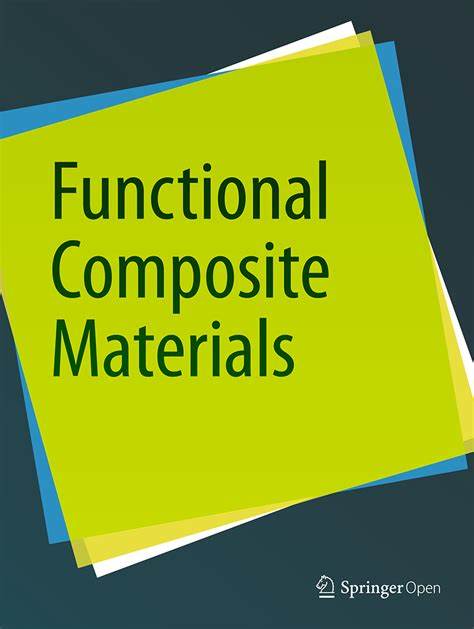Superhydrophobic micro-nanofibers from PHBV-SiO2 biopolymer composites produced by electrospinning
Abstract
Electrospinning is a relatively simple technique for producing continuous fibers of various sizes and morphologies. In this study, an intrinsically hydrophilic poly(3-hydroxybutarate-co-3-hydroxyvalerate) (PHBV) biopolymer strain was electrospun from a solution under optimal processing conditions to produce bilayers of beadless micro-fibers and beaded nano-fibers. The fibrous mats produced from the pure PHBV solution exhibited hydrophilicity with complete wetting. Incorporation of polydimethylsiloxane (PDMS) treated silica into the electrospinning solutions resulted in a non-wetting state with increased fiber roughness and enhanced porosity; however, the fiber mats displayed high water droplet-adhesion. The SiO2–incorporated fibrous mats were then treated with stearic acid at an activation temperature of 80 °C. This treatment caused fiber surface plasticization, creating a tertiary hierarchical roughness owing to the interaction of PHBV chains with the polar carboxyl groups of the stearic acid. Scanning electron microscopy was used to assess the influence of the electrospinning process parameters and the incorporation of nanoparticles on surface morphology of the fibers; energy dispersive X-ray spectroscopy confirmed the presence of SiO2 nanoparticles. Fourier transform infrared spectroscopy was performed to study the incorporation of SiO2 and the interaction of stearic acid with PHBV at various concentrations. The chemical interaction between stearic acid and PHBV was confirmed, while SiO2 nanoparticles were successfully incorporated into the PHBV fibers at concentrations up to 4.5% by weight. The incorporation of nanoparticles and plasticization altered the thermal properties of PHBV and a decrease in crystalline fraction was observed. The stearic acid modified bilayers produced from the micro-nano-fibrous composites showed very low water droplet sticking, a roll off angle of approximately 4° and a high static contact angle of approximately 155° were achieved.

 求助内容:
求助内容: 应助结果提醒方式:
应助结果提醒方式:


